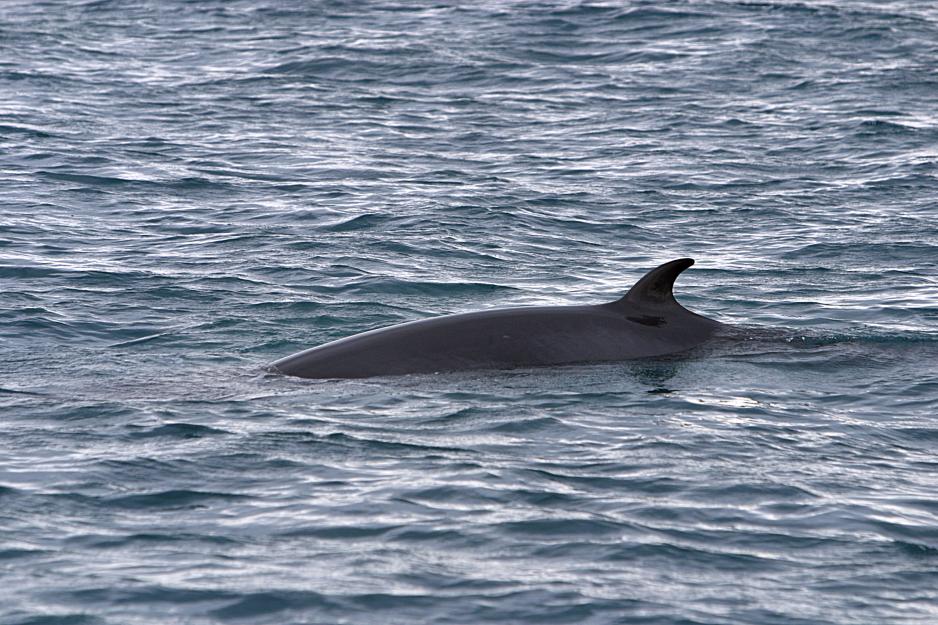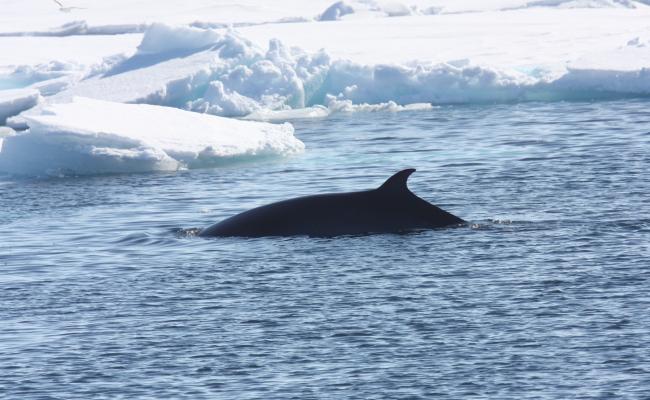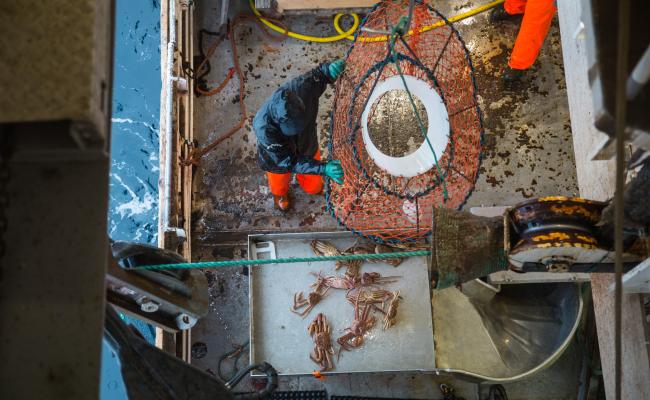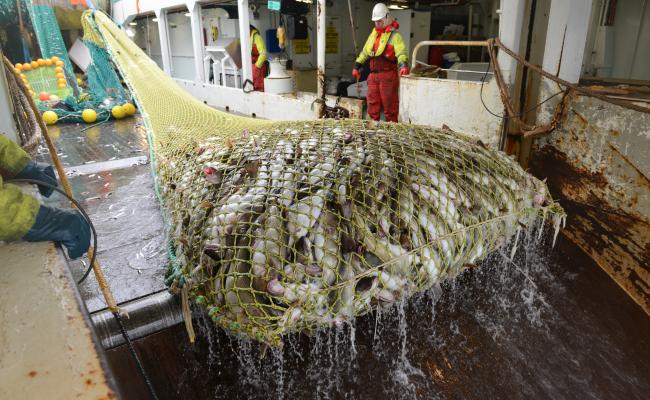Increased Norwegian Quota for the Minke Whale

The minke whale in the North Atlantic forms the basis for the Norwegian whaling industry, which began in the 1920s. They can become about 9 meters long, weigh about 5-8 tonnes, and are easily recognized by the white spots on the whale's flippers. (Photo: Kjell-Arne Fagerheim/The Norwegian Institute of Marine Research)
This year, 1,406 minke whales can be caught in Norwegian waters. This is an increase of 249 from 2024. "The Norwegian whaling is strictly regulated, and the minke whale population is in very good condition," says Norway’s minister of fisheries.
This year's Norwegian minke whale quota is set to 1406. Last year, the quota was for 1157 animals.
The increase of about 21 percent is due to unfulfilled quotas in previous years which are now being transferred to 2025, according to Norway's Ministry of Trade, Industry and Fisheries.
"Norwegian whaling is sustainable, strictly regulated, and the minke whale population is in very good condition. Norway uses efficient and animal welfare-friendly fishing methods and the whale's major fish consumption influences the ecosystem. Whaling therefore contributes to balance in the ocean," says Marianne Sivertsen Næss (Labor), Minister of Fisheries and Ocean Policy.
"To reach the UN's sustainability goals, we must also eat more seafood and whaling provides healthy and locally sourced food," she adds.
Annual Norwegian whaling quotas are set on the basis of calculation models developed by the International Whaling Commission's (IWC) science committee.
Also read (the article continues below)
Population
According to the latest estimates, there are more than 100,000 minke whales in the North Atlantic. This is based on a count from 2014 to 2019.
Since the minke whale has a reasonably long life span of at least 30 years, significant population size and recruitment fluctuations are not expected over a period shorter than 5-10 years, according to the Norwegian Institute of Marine Research (IMR).
Catching
Norwegian catching occurs primarily in coastal areas. In particular, the activity takes place along the coast of Northern Norway from Vestfjorden and northwards, as well as at the Norwegian archipelago Svalbard in the Arctic Ocean.
Limited catching also occurs on the Norwegian polar island of Jan Mayen, known for its difficult catching conditions.
In 2024, 11 vessels participated in the Norwegian minke whaling campaign in the North Atlantic, and the catch was 415 animals – far below the quota of 1157.
In comparison, only nine vessels participated in 2023, and the total catch was 507 animals (out of a quota of 1000). In previous years, up to 30 vessels were usually involved in whaling.
Norwegian minke whaling
· The minke whale is the only whale species permitted to be caught in Norway.
· Strong international criticism caused the Norwegian authorities to stop minke whaling in 1988. The hunt was then resumed in 1993, and quotas were calculated using procedures developed by the IWC.
· Norway has conducted annual censuses in the hunting areas since 1996, and population estimates are updated every six years.
· The hunt is regulated by a licensing system and is carried out in the summer with a grenade harpoon that quickly kills the animal.
· In addition, the hunt is closely monitored. DNA samples from all caught minke whales are analyzed and entered into a national register. This entails that all traded whale meat can be traced back to the individual whale.
· The meat is primarily used as human food and is coveted by fish restaurants. The first-hand value of the total catch amounts to approximately NOK 21–28 million annually, according to the IMR.







